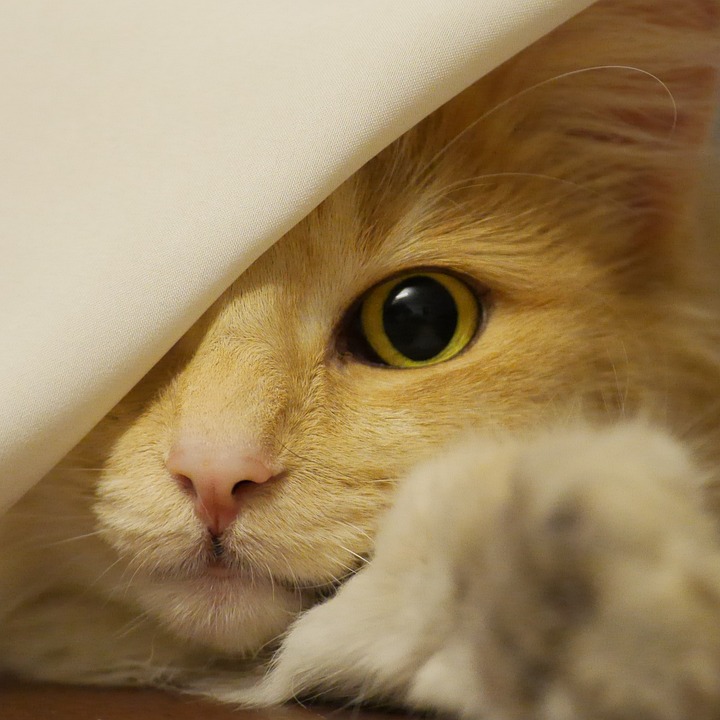Cat obesity is a growing concern among pet owners, and it’s important to understand the dangers it poses to our feline friends. In this article, we will explore the rising epidemic of cat obesity, the health risks associated with it, how to identify signs of obesity in cats, and most importantly, how to combat it through a holistic approach.
Heading 1: The Rising Epidemic of Cat Obesity
Obesity is not just a problem for humans, but also for our beloved feline companions. Sub-heading 1.1 will delve into the statistics surrounding cat obesity, shedding light on its prevalence and the alarming increase in overweight cats. Sub-heading 1.2 will explore the factors contributing to cat obesity, such as sedentary lifestyles, overfeeding, and improper diet.
Body:
Heading 2: Health Risks Associated with Cat Obesity
Cat obesity can have serious health consequences for our furry friends. Sub-heading 2.1 will discuss the increased risk of chronic diseases such as diabetes, heart disease, and arthritis. Sub-heading 2.2 will focus on the joint problems and reduced mobility that obese cats often face. Lastly, sub-heading 2.3 will highlight how obesity can lower a cat’s immunity, making them more susceptible to infections and other illnesses.
Heading 3: Identifying Signs of Cat Obesity
Recognizing the signs of obesity in cats is crucial for early intervention. Sub-heading 3.1 will explain the healthy weight ranges for cats, helping owners determine if their cats are overweight. Sub-heading 3.2 will discuss visual cues and body condition scoring, providing tips on how to assess a cat’s body condition. Sub-heading 3.3 will emphasize the importance of consulting with a veterinarian, as they can accurately determine if a cat is obese and develop a tailored plan for weight loss.
Heading 4: Combatting Cat Obesity – A Holistic Approach
To address cat obesity effectively, a holistic approach is essential. Sub-heading 4.1 will emphasize the importance of a balanced diet and portion control, providing recommendations for weight management cat foods. Sub-heading 4.2 will discuss the significance of encouraging physical activity, offering tips on how to engage cats in exercise. Sub-heading 4.3 will highlight the benefits of environmental enrichment and mental stimulation in preventing obesity. Lastly, sub-heading 4.4 will stress the need for regular veterinary check-ups to monitor a cat’s weight loss progress and overall health.
FAQs:
The FAQs section will address common concerns and questions related to cat obesity, providing concise and informative answers. Questions may include the role of genetics in cat obesity, the necessity of consulting a veterinarian before implementing a diet, methods to encourage exercise in less active cats, suitable cat food brands for weight management, concerns about rapid weight loss, the impact of spaying or neutering, breed predispositions, the time it takes for a cat to lose weight, and the potential role of stress or anxiety in obesity.
Conclusion:
Cat obesity is a serious issue that can have detrimental effects on a cat’s health and well-being. By understanding the dangers of cat obesity and implementing a holistic approach to combat it, pet owners can ensure their cats lead healthy, happy lives. It’s crucial to take action, consult with veterinarians, and make necessary changes to diet, exercise, and environmental enrichment to prevent and manage cat obesity.








